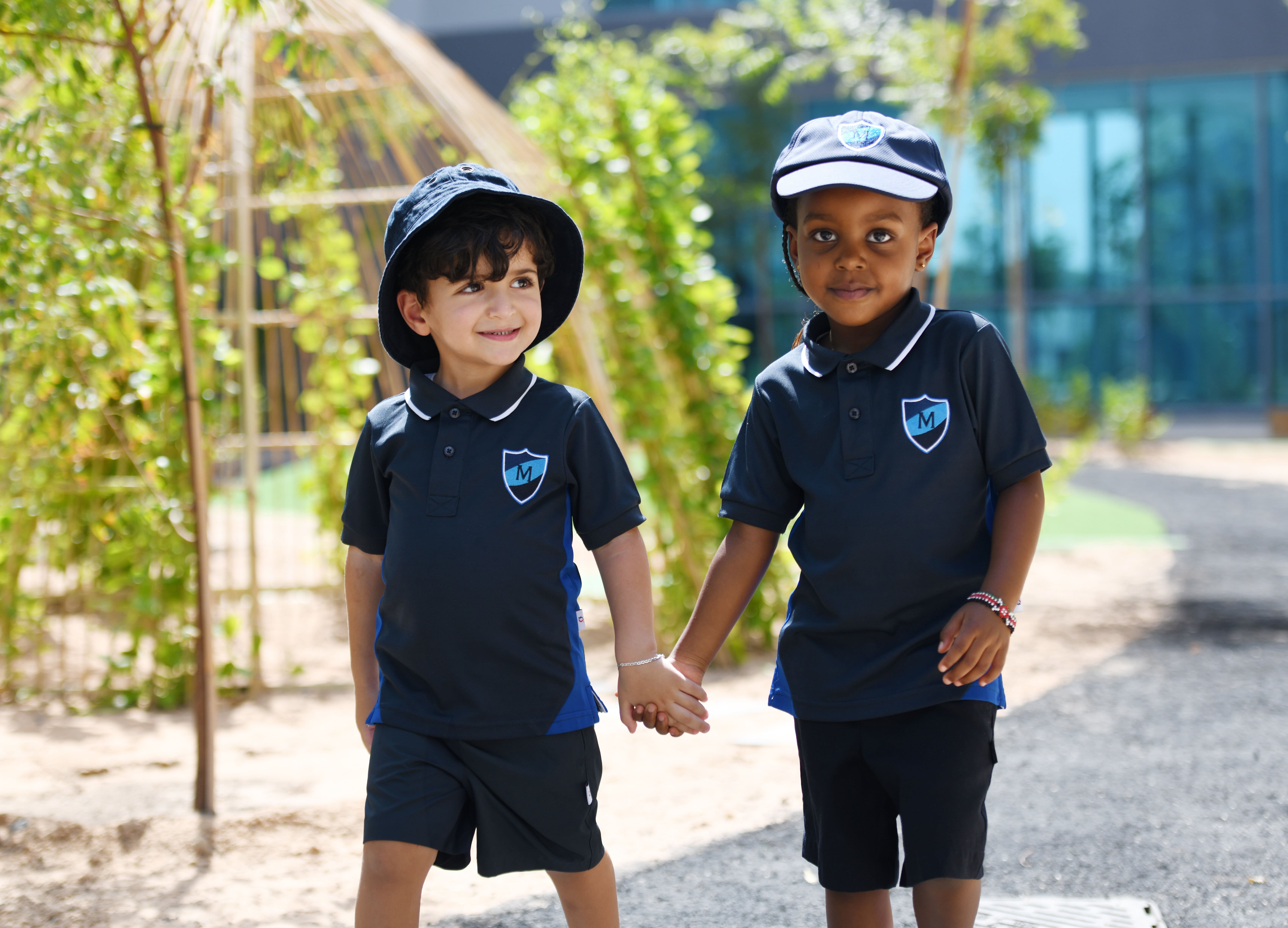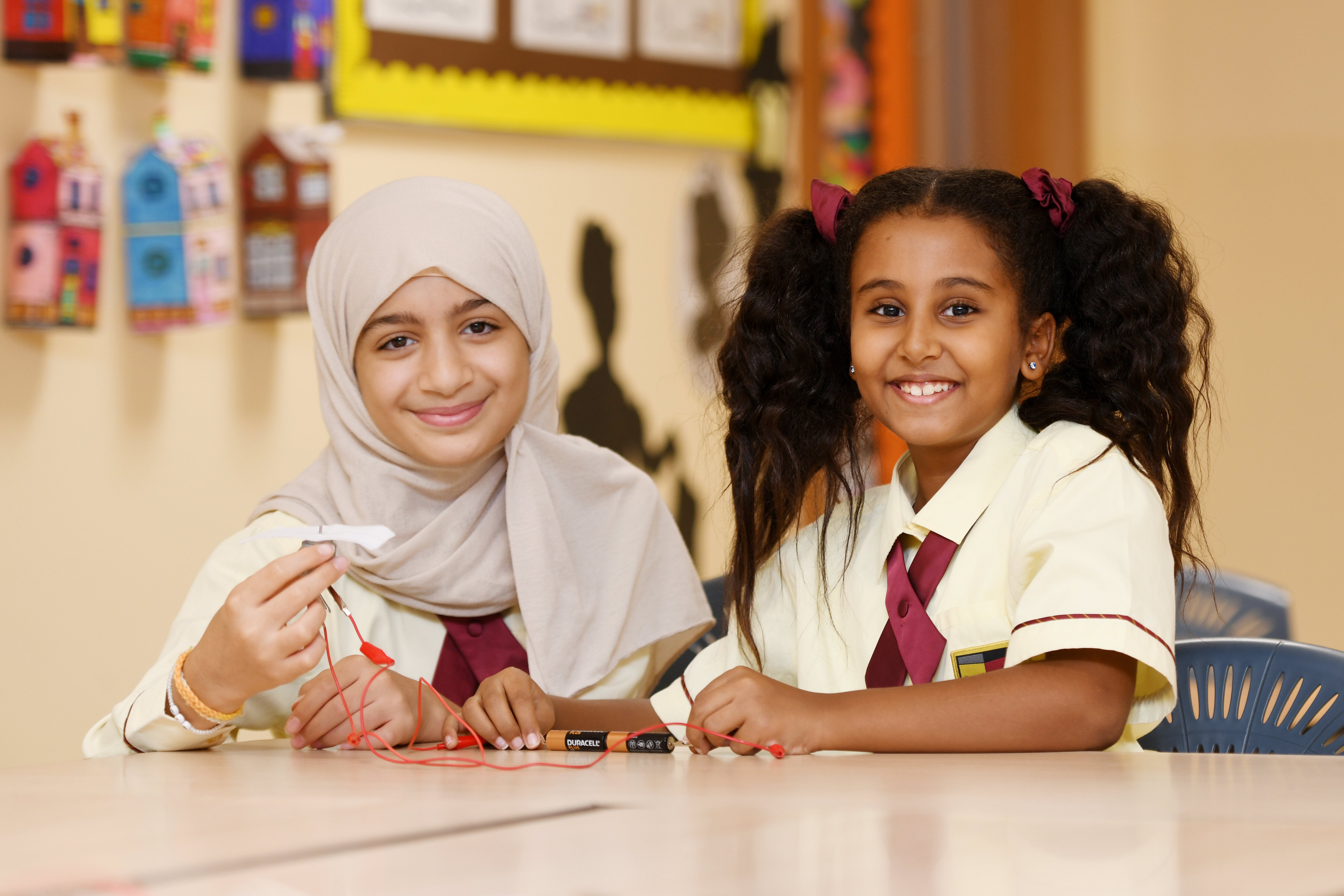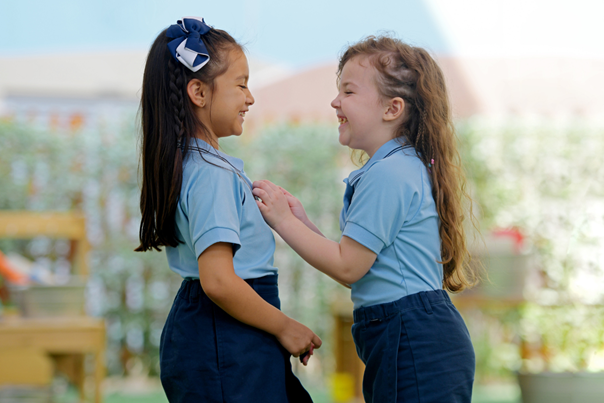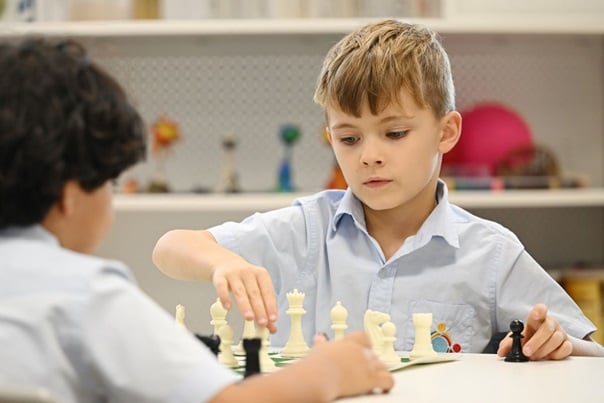Cultural Diversity in UAE Schools: Preparing Your Child for a Multicultural Classroom

If you’ve ever wondered, “Why is diversity important in schools?”, live in the United Arab Emirates and let your children study in a UAE international school and you will quickly see its benefits. More people and nations are embracing and valuing ethnic diversity. Multiculturalism is something experienced daily in the UAE, especially in our schools.
A thriving trading hub, the UAE has more than its fair share of foreign expatriates. According to the UAE government portal, the UAE 2021 population stood at approximately 10 million, but only 1 million (10%) were Emiratis.
UAE private schools reflect the country’s expat-heavy population. The Knowledge and Human Development Authority (KHDA) reports there are 326,001 private school students in Dubai, but only 32,327 or 9.9% are Emiratis.
What’s more remarkable than our population’s high proportion of expatriates is its exceptionally diverse composition. According to the Ministry of Foreign Affairs, the UAE hosts more than 200 nationalities.
Our private schools in the UAE reflect this diversity. For instance, GEMS International School Al Khail has 97 nationalities in its student and faculty body.

Why Is Diversity Important in Schools?
Cultural diversity is a given at GEMS Education.
For instance, more than 92 nationalities comprise our GEMS World Academy Dubai student body. We also have more than 100 nationalities at our GEMS Metropole School - Motor City community.
GEMS Wellington Academy - Silicon Oasis is another good example. Like many GEMS schools, it has a student body of more than 90 nationalities. The KHDA 2019/20 report even dubbed it 2020’s most diverse school in the UAE when it registered a record number of 103 nationalities.
Why is diversity important in schools, and why should we care for and seek multiculturalism in the classroom?
Get Our Children Used to Diversity: Empowerment in a Multicultural World
Increasing cultural diversity is a global trend. Global migration statistics from the United Nations indicate that, in 2020, 281 million people (equivalent to 3.6% of the global population at that time) lived outside the country of their birth.
What does this mean? Wherever they decide to study, work and live after they finish school, our children must embrace cultural diversity. They will have university classmates, colleagues, employers, employees, and neighbours with different ethnicities, languages, values, and beliefs.
Sending our children to a school with a diverse population gives them a head start and massive advantage. A multicultural school is an excellent venue for familiarising our children with ethnicities, languages and belief systems different from their own. Schools are structured environments that encourage interactions.
In an ethnically diverse school, our children can talk to people from other countries, interact with schoolmates who speak different languages and spend time with students who have distinct practices and customs.
Gradually, our children will become accustomed to other cultures. They will learn to accept and understand people who think, speak and act differently from them. This cultural sensitivity and acclimation will stand them in good stead as they navigate the highly diverse real world.
Expose Our Children to Different Cultures: Enriching Experiences
Exposure to different cultures is exceptionally enriching. Imagine all the things our children will learn because they studied with classmates from all parts of the world.
A multicultural environment will open our children’s eyes to other ways of thinking and doing things. Getting to know and interacting with classmates who speak, act and think differently will be edifying and enlightening. They’ll have many different experiences and perspectives to draw from when they need to understand, analyse and solve things.
Ultimately, their multicultural experiences will help drive their growth and transformation into worldly individuals. More importantly, it will give them many memorable experiences to treasure for a lifetime.
How Do You Prepare Your Children for a Multicultural Classroom?
We should strive to prepare our children for a multicultural education at home. There are many ways we can do this, including the following.
1. Travel
Travel to different countries, and let our children experience other people’s cultures firsthand. This is an excellent way to prepare them to meet classmates and teachers from different parts of the world.
2. Engage
While watching television, our children may remark on something they have not seen before from another culture. Use this opportunity to give our children our attention and engage them in conversation about it.
Our children’s remarks about other cultures are teachable moments. Discover new things together and use it as a moment to bond too.
We can do some research and learn as we go along. Naturally, our children will bring up things we don’t know anything about either. Even so, we must engage our children’s curiosity in other peoples and cultures, it also highlights the important idea to always be learning, even into adulthood.
3. Model
We can model the attitudes and behaviours we want in our children. If we want them to embrace cultural diversity, we must do so as well.
Some options are speaking (or learning) a foreign language. We can talk positively about colleagues of different nationalities and discuss our interest in particular cuisines.
4. Experience
Experience is the best teacher, they say, so we should let our children experience different cultures in as many ways as possible. It can be as simple as giving them a taste of other cultures’ food. Perhaps designating one day every week for your family to try food from another country is a nice way to share discoveries together.
We can also spend time with our children listening to music, watching movies and appreciating entertainment from other countries. You can start with music they are already familiar with but translated into a different language.
You can also make experiencing other cultures exciting by joining various cultural celebrations, e.g., Chinese New Year, St. Patrick’s Day and Thanksgiving. You can also join in on the local festivals like Eid, National Day, Awafi Festival, Islamic New Year, and many more.

Embrace Multiculturalism in the Classroom
Why is diversity important in schools? A multicultural education will:
- Enrich our children’s lives.
- Empower and prepare our children for a culturally diverse post-school reality.
- Develop cultural sensitivity, promoting acceptance and understanding.
What can we do to prepare our children for multiculturalism in the classroom? We can:
- Travel.
- Engage our children’s curiosity about the world.
- Model diversity-accepting attitudes and behaviours.
- Let our children experience the food, music and celebrations of people from other cultures.
GEMS celebrates and embraces cultural diversity. If you’re ready to provide your children with a rich, multicultural experience and prepare them for life in a culturally diverse world, enrol them at a GEMS school near you. Check out our list of schools in the UAE.
More Blogs
-
Do you need guidance on how to choose the right school in the UAE for your children? Expatriate parents, read on to learn more.Read More
-
If your child is eight years old now, in what grade will they be when they transfer to a school in the UAE? This school age guide in the UAE will help you answer this and similar questions.Read More
-
Every child is unique, and children learn in different ways, have different skills, and are interested in different things.Read More










